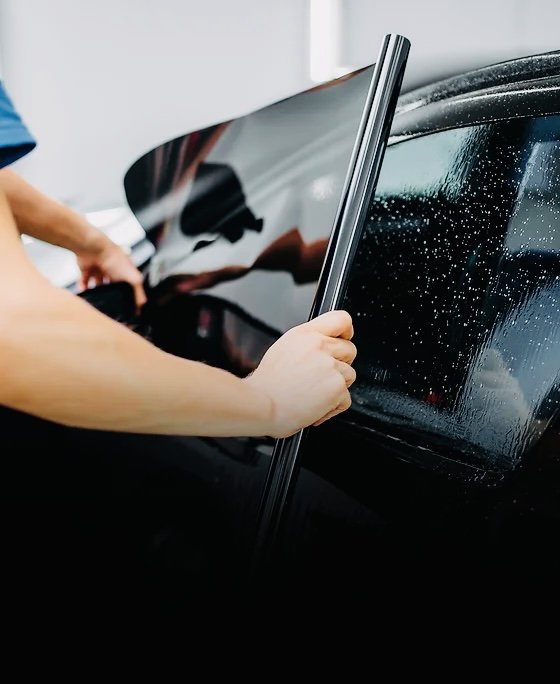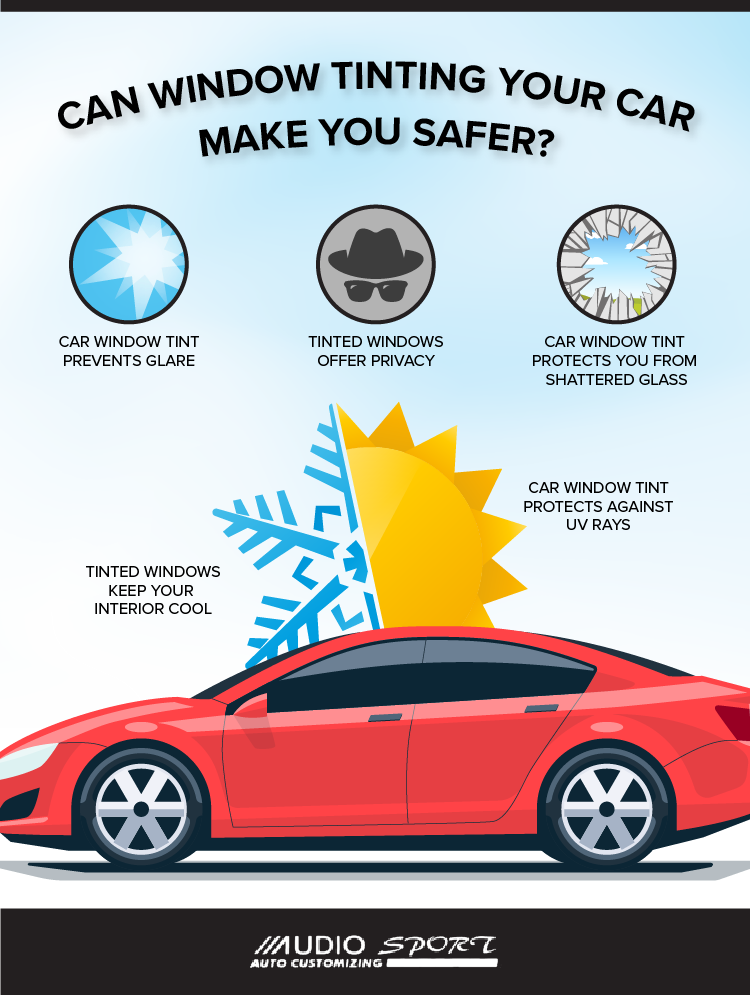Why Window Tinting Is the Best Solution for UV Protection and Glare Reduction
Home Window Tinting Rules: What You Required to Know Before Tinting Your Cars And Truck
Understanding home window tinting legislations is essential for any type of automobile proprietor taking into consideration tinting their auto. Rules differ significantly from state to state, developing details restrictions for Visible Light Transmission (VLT) percentages, particularly for front-side windows and windscreens. Failing to adhere to these regulations can result in fines, the need to get rid of the color, and complications with insurance. As you consider enhancing your car's appearance and functionality, it is essential to comprehend not just the legal implications yet likewise the useful factors to consider that include choosing the right color. What elements should you focus on in your decision-making procedure?
Relevance of Recognizing Tint Regulations
Comprehending home window tinting regulations is important for lorry owners to make sure compliance with state regulations. These laws dictate the acceptable degrees of color darkness and reflectivity, which can significantly differ from one jurisdiction to an additional. Stopping working to comply with these laws can result in fines, mandatory removal of the tint, and potential difficulties during car examinations.
Additionally, understanding these laws aids car owners make informed decisions concerning their tinting options. Various kinds of home window films provide numerous benefits, such as UV security, warm being rejected, and glare reduction. Without expertise of the lawful limitations, lorry owners take the chance of choosing products that might eventually lead to legal problems.
In addition, understanding of tinting laws cultivates a more secure driving environment. window tinting. Exceedingly dark colors can hinder visibility, increasing the threat of mishaps, especially during the night or in damaging climate condition. Legislation enforcement firms likewise make use of these regulations to ensure roadway security, making conformity not just a lawful responsibility however an individual responsibility
State-Specific Tint Rules
Each state in the U.S. has established its very own certain policies pertaining to window tinting, showing a diverse array of needs and requirements. These regulations can differ substantially, impacting just how automobile proprietors come close to installation and compliance. Some states enable darker tints on back windows while imposing stringent limitations on front-side windows.
In addition, policies commonly define allowable tint products and colors. Certain states prohibit reflective tints entirely, while others may permit them to a restricted level. Moreover, some territories mandate that vehicles with colored windows present a sticker label indicating conformity with state regulations, giving a clear identification for police.
Enforcement of these laws additionally varies; some states are extra positive, conducting arbitrary checks, while others rely upon grievances or visible infractions to start enforcement. Automobile owners need to know that failing to abide by state-specific tint regulations can result in fines, required removal of unlawful colors, or both.

Legal Tint Percentages
Figuring out the lawful tint percentages is essential for vehicle proprietors looking for to follow state laws. Each state has particular laws regulating just how much light needs to go through the home windows of an automobile, which is revealed as a portion called Visible Light Transmission (VLT) This portion varies dramatically throughout states and can depend upon the kind of home window-- front side, rear side, and windscreen.
For instance, some states enable as low as 20% VLT on front side windows, while others may allow up to 50%. Windscreen tinting is typically more limited, with lots of jurisdictions allowing only a slim band of tint on top of the windshield. On the other hand, rear home windows generally have much more lax regulations, with some states allowing darker tints.
It is vital for lorry owners to acquaint themselves with their local regulations to stay clear of prospective lawful concerns. This consists of understanding how VLT is determined, as it can vary based on the kind of home window film utilized. Staying informed about these policies guarantees compliance and advertises secure driving problems for both the car proprietor and others when traveling.
Repercussions of Non-Compliance
Falling short to comply with window tinting laws their explanation can result in significant repercussions for lorry proprietors. One of the most immediate effect is the potential for website traffic quits and citations from police. Police officers educated to identify illegal tint degrees may release penalties, which can differ by territory however typically range from modest to considerable quantities. Repetitive discover here violations may cause enhanced penalties, including higher penalties or added factors on a vehicle driver's permit.

Insurer may also penalize for non-compliance, as prohibited adjustments can be deemed a violation of policy terms. This can impact coverage rates or bring about complications in cases if an incident takes place.
Eventually, the consequences of non-compliance prolong past immediate punitive damages; they can impact a chauffeur's insurance policy rates, legal standing, and overall vehicle worth, stressing the value of sticking to neighborhood home window tinting guidelines.
Tips for Choosing Tinting Options
When picking home window tinting options,Understanding the effects of non-compliance highlights the relevance of making educated selections. Familiarize on your own with your state's specific legislations relating to tint darkness and reflectivity. Each state has one-of-a-kind laws that determine the acceptable limits, so ensure you remain within these guidelines to stay clear of penalties.
Second of all, consider the type of tint product. Alternatives include colored, metalized, and ceramic colors, each offering differing degrees of heat denial, UV protection, and durability. Ceramic tints provide exceptional warmth resistance without interfering with electronic gadgets, making them a preferred selection.
Furthermore, analyze your primary purpose for tinting. If you seek boosted personal privacy, opt for darker colors; however, keep in mind that this might influence visibility in the evening. Alternatively, if glow reduction and UV defense are your major issues, lighter colors might be sufficient.
Last but not least, talk to a professional installer who is experienced regarding neighborhood regulations and can recommend top notch materials fit to your demands (window tinting). read more Taking these variables into account will certainly guarantee you make an educated choice, inevitably boosting both your vehicle's aesthetics and functionality
Conclusion
To conclude, familiarity with home window tinting regulations is important before applying tint to a car. Each state imposes particular policies concerning noticeable light transmission portions, especially for front-side home windows and windscreens. Non-compliance can cause considerable fines, including fines and mandatory elimination of non-conforming color. By comprehending legal requirements and choosing ideal color materials, car proprietors can accomplish visual improvement while remaining certified with relevant regulations. Adherence to these guidelines ensures both security and fulfillment.
Comprehending home window tinting legislations is crucial for any type of car proprietor thinking about tinting their vehicle.Understanding home window tinting laws is important for vehicle proprietors to guarantee conformity with state regulations. Some states allow darker tints on back home windows while imposing strict limitations on front-side windows.
In comparison, back windows normally have a lot more forgiving regulations, with some states allowing darker colors. (window tinting)
In conclusion, knowledge with home window tinting legislations is important prior to using color to a car.